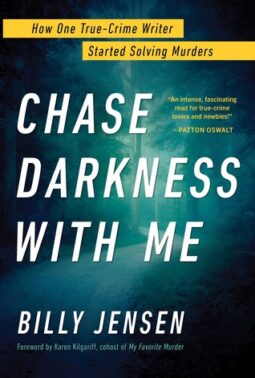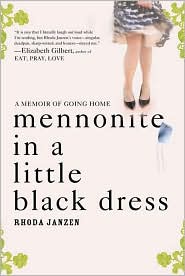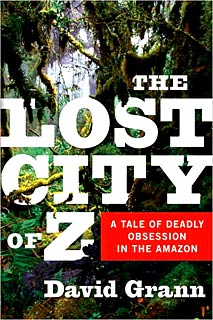This review contains affiliate links, which earn me a small commission when you click and purchase, at no extra cost to you. Thank you for supporting my small business and allowing me to continue providing you a reliable resource for clean book ratings.
I was drawn to this book because the author had worked with amateur detective Michelle McNamara and then completed the excellent book the latter had mostly written before her death, I’ll Be Gone in the Dark, about the long-unsolved case of the serial killer and rapist McNamara dubbed the Golden State Killer. In this book, readers get to follow along with Billy Jensen as he tries to solve old cases. He talks about his childhood and what piqued his interest in crime, and he shares several of the cases he has followed closely and either attempted to solve or did help solve.
Jensen started off as a journalist who sometimes covered murders. He had always been fascinated by crime, in large part thanks to his father, who told him about murder cases in the news. After talking to victims’ families, he felt an urgent need to solve their cases, to bring closure to those who had lost their loved ones. So he essentially started collecting cold cases. The police simply didn’t have the time to continue pursuing cases if initial efforts yielded no arrests, so Jensen joined the effort. He created a weekly column at his paper devoted to old cases and looking for leads.
Later on in his career, Jensen realized that a skill he had developed in writing “clickable” headlines to get people to visit websites could help in the crime-solving effort: He could create posts on Facebook, using the same kind of clickable wording, to gather tips. He first talked to the police involved in the case to get their OK, then, for each case, he would build a page, add any surveillance photos or sketches of the killer and then write compelling copy that would get people to respond. He knew the best way to get effective leads was to closely target the area where the crime was committed, so he was able to boost each post and target each to residents of that neighborhood. He then sifted through comments and messages and made progress.
Success in this approach led him to continue the process. In fact, at the end of this book, Jensen invites readers who consider themselves crime junkies and who really want to invest time and money to help solve crimes to follow the same method he has used successfully. He lays out his set of “rules” for how to be an effective sleuth and the steps for creating and boosting posts on social media.
Jensen also has created and participated in podcasts, TV shows and other media formats to talk about crimes and get the public involved in crime-solving. There have been some failures in “crowd-sourcing” solving crimes, but if people use good practices (such as what he outlines in the book), the group effort can be incredibly effective. There’s simply a lack of manpower and money in police departments. Jensen advocates for the increased use of databases that house information about DNA; the Golden State Killer was finally identified thanks to familial connections in DNA. He says, “It’s coming down to criminals vs. science…. Without a doubt, the ability to use familial DNA matches to find rapists and murderers is the biggest single tool to catch violent criminals the world has seen since the discovery of DNA itself.”
He advocates for the use of genealogy databases (even though there are legitimate privacy concerns, which he basically waves away as unimportant compared with the opportunity to solve crimes), and he says “getting loud is the only way the backlog of thousands of rape kits that have been sitting in police evidence lockers across the country will be processed. Getting loud should force every agency to take the DNA found in every rape kit and at every murder scene and run it through familial databases, 24/7. We are at the precipice of being able to solve more cold cases than ever before. If the police claim they don’t have the manpower to build the family tree, we need to get loud. Start fund-raisers. Recruit volunteers.”
Chase Darkness with Me is a mostly compelling read, though it’s not as riveting as McNamara’s (it is, after all, not the same type of book), which focused on one killer and was an excellent example of thrilling narrative nonfiction. Since Jensen shares a number of cases he’s been obsessed with solving, and most are single murders rather than serial crimes, it doesn’t have the same kind of storytelling tension. Even so, it’s intriguing to consider the possibility that any citizen could help bring closure to grieving families by joining in the amateur effort, following Jensen’s lead and guidelines.
Rated: High, for 10 uses of strong language, some more instances of moderate and milder profanity, and frequent discussion of violent crimes. While the book is about trying to find killers, and it includes descriptions of what the crimes entailed, it isn’t gory or particularly detailed. Sexual content is minimal, mainly about references to the fact that the Golden State Killer was a serial rapist.
Click here to purchase your copy of Chase Darkness with Me on Amazon.




